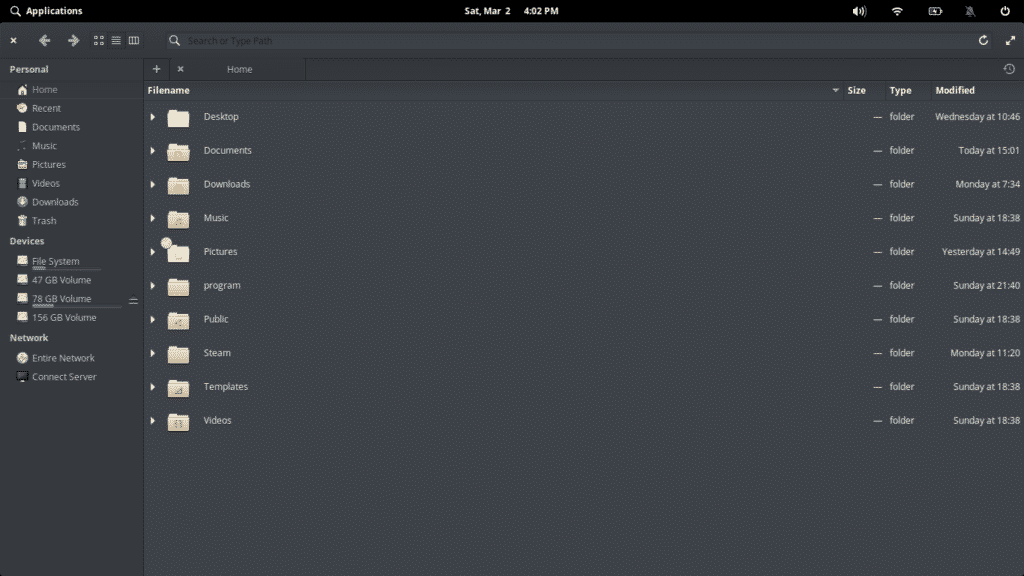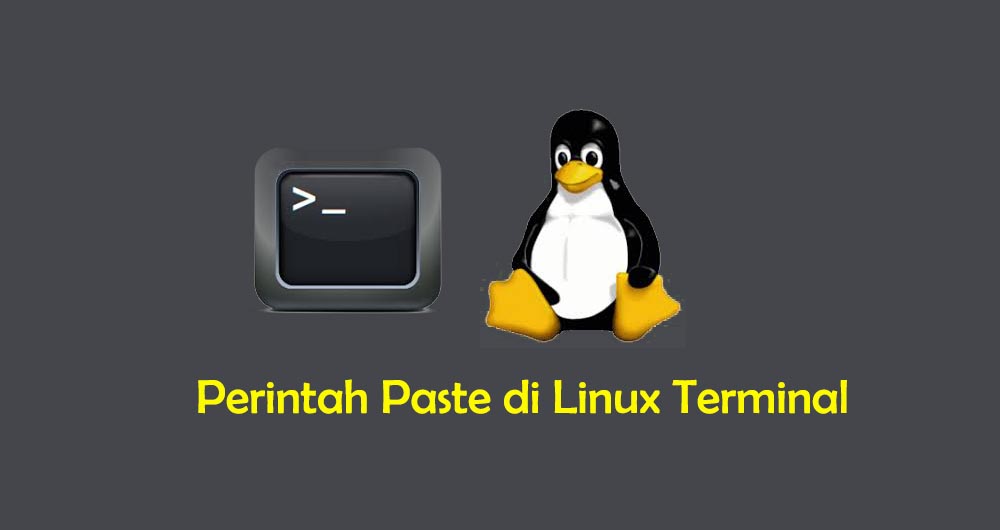

You can also use mv with folders in order to move them! It's not just for files. Technically, you're "moving" the one file to another and renaming it in the process. To rename research-findings.csv to biology-final-report.csv , you could run: mv research-findings.csv biology-final-report.csv You can also rename files and folders using the mv command. indicates "move up one level" (to "Second semester"), and from there, move into the Biology folder. It is the path relative to where we are now. Each folder is listed in the path from top to bottom. Option 1 contains the absolute path towards the Biology folder. Option 2 (relative path): mv research-findings.csv. Option 1 (absolute path): mv research-findings.csv ~/Desktop/Second\ Semester/Biology Let's explore the difference between absolute and relative file paths. My first piece of information is therefore research-findings.csv, and my second piece of information is therefore the file path to the Biology folder. The new destination for the original file. The mv command requires several pieces of information. In Terminal, you don't have a visual interface, so you'll have to know the mv command to do this! If you use a visual interface like Finder (or another visual interface), you would have to click and drag this file into its correct location. Let's say you've accidentally created a file in the wrong place, like putting your biology research spreadsheet in your art history folder.
#Linux paste to file series#
Now, you might want to move around or copy content that you've created. There are a series of commands that will allow you to do this. Join the nixCraft community via RSS Feed, Email Newsletter or follow on Twitter.Use keyboard shortcuts to avoid command line typing hassles He wrote more than 7k+ posts and helped numerous readers to master IT topics. Vivek Gite is the founder of nixCraft, the oldest running blog about Linux and open source. For more info see man pages using the help command or man command as follows: This page explained cp command that is used for copying files under Linux and Unix-like systems. If you pass the -v to the cp, it makes tells about what is going on. $ cp -i foo bar Verbose output with cp command For example, if it is desired to make a copy of a file called foo and call it bar and if a file named bar already exists, the following would prompt the user prior to replacing any files with identical names: You can get prompt before overwriting file. $ cp -R * /home/tom/backup Linux copy file command with interactive option To copy a directory, including all its files and subdirectories, to another directory, enter (copy directories recursively): $ cp *.doc /home/tom/backup Recursive copy So, to copy all the document files (*.doc) in a directory to a new directory, enter: The star wildcard represents anything whose name ends with the. To copy all the files in a directory to a new directory, enter:

The star wildcard represents anything i.e. This option ( -p) forces cp to preserve the following attributes of each source file in the copy as allowed by permissions:

$ cp -p filename /path/to/new/location/myfile To copy a file to a new file and preserve the modification date, time, and access control list associated with the source file, enter: Here is what I see: foo.txt -> /tmp/foo.txt Preserve file attributes To see files as they are copied pass the -v option as follows to the cp command: To copy a file from your current directory into another directory called /tmp/, enter: $ cp main.c demo.h lib.c /home/project/backup/ Copy a file to another directory
#Linux paste to file full#
If backup is located in /home/project/ directory or folder, then use full path as follows:

In this example, copy the files named main.c, demo.h and lib.c into a directory named backup in the current directory: You can copy multiple files simultaneously into another directory. rw-r-r- 1 veryv wheel 20 Mar 20 17:43 newfile.doc Sample outputs: -rw-r-r- 1 veryv wheel 20 Mar 20 17:42 file.doc To make a copy of a file called file.doc in the current directory as newfile.doc, enter: You need to open the Terminal app to use cp command on a Linux. This prompt means that the shell is ready to accept your typed commands. Note: You need to type the cp command at the dollar sign ($) prompt.


 0 kommentar(er)
0 kommentar(er)
